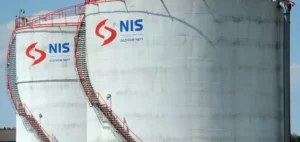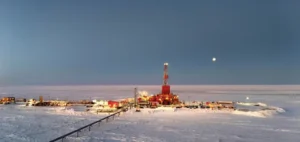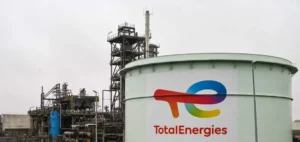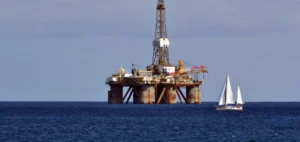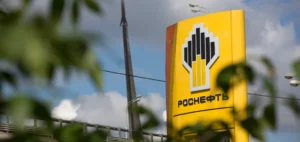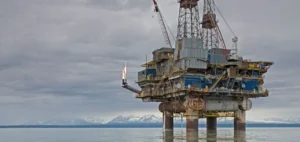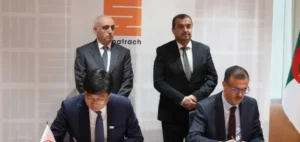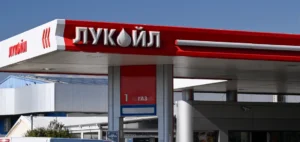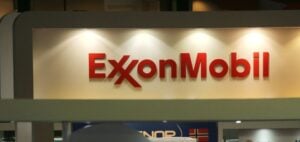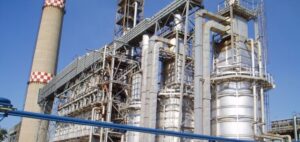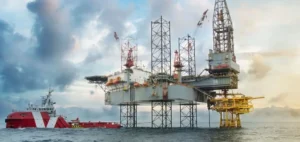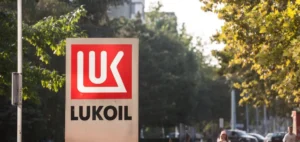Leading oil trading firms Gunvor, Trafigura and Vitol expect oil prices to continue falling over the coming months, with Brent potentially dropping below $60 per barrel. Speaking at an energy forum in London, executives from the three companies described a market environment where the geopolitical risk that had supported prices this year is beginning to fade.
Ben Luckock, co-head of oil at Trafigura, stated that Brent could fall into the $50 range by the end of the year, before gradually recovering to around $65 in the second half of next year. This scenario is based on standard low-price market dynamics.
Signs of a less constrained market
Vitol Chief Executive Officer Russel Hardy and Gunvor Chairman Torbjörn Törnqvist shared a forecast of stabilised prices between $62 and $64 around the same time next year. Despite persistent concerns about a potential oversupply, the backwardated market structure – where forward prices are lower than spot prices – still reflects strong near-term demand.
Recent assessments show that Dated Brent has declined from over $80 at the beginning of the year to around $64.23 on October 13. This fall is attributed to the diminishing geopolitical “fear factor” linked to conflicts in Europe and the Middle East, alongside historically low stock levels in developed economies.
The role of China and marginal exporters
China stands out, according to Luckock, due to consistent purchases aimed at filling its Strategic Petroleum Reserve. He cited a possible volume of 100 million barrels, although exact figures remain unclear. Hardy added that surplus oil has largely ended up in China or remains afloat as unsold cargoes from Iran and Venezuela.
Refined product demand has remained strong, supporting refining margins. However, gasoline and diesel consumption in China has plateaued, according to Törnqvist, primarily due to growing electrification. While demand for petrochemicals is increasing, it leans more towards light condensates such as ethane rather than crude oil.
Price pressure as supply returns
Additional volumes have reached the market in the second half of the year, particularly from non-Organisation of the Petroleum Exporting Countries (OPEC) producers such as Guyana, Norway and Brazil. Hardy noted that the OPEC+ alliance has announced multiple production hikes since April.
Luckock pointed out that market players had been anticipating this surplus for over a year. “It’s practically here now,” he said, noting that prices have already dropped by roughly $10 this year. Törnqvist added that market conditions are “softening.”
Geopolitical risk fading but still present
Hardy said that the geopolitical risk premium priced into the market throughout the year is now “dissipating,” as the market is “better prepared to handle shocks.” A recent truce in the Middle East, involving prisoner exchanges and hostage releases, has contributed to easing tensions.
However, the conflict in Ukraine continues to disrupt Russia’s energy infrastructure. Luckock stated that around 20% of Russia’s refining capacity has been affected by Ukrainian drone strikes. Hardy warned that risks linked to Iran, Venezuela or Russia remain significant, adding that the market is “probably underpricing” the likelihood of future supply disruptions.
Luckock concluded by stating that the current risk premium is “as low as it reasonably should be.”



